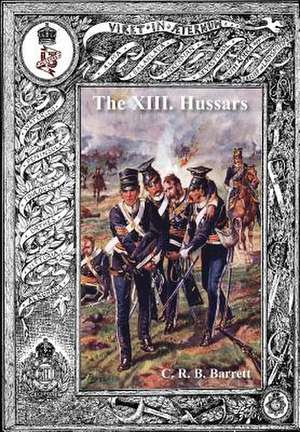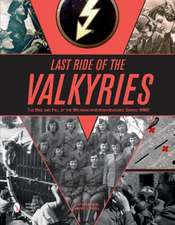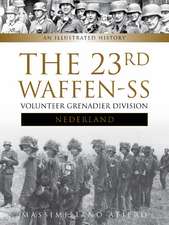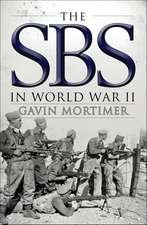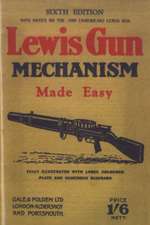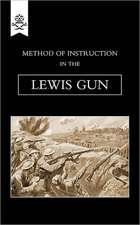History of the XIII Hussars Volume 1
Autor C. R. B. Barrretten Limba Engleză Paperback – 7 aug 2014
Preț: 303.98 lei
Nou
Puncte Express: 456
Preț estimativ în valută:
58.18€ • 63.22$ • 48.91£
58.18€ • 63.22$ • 48.91£
Carte tipărită la comandă
Livrare economică 21 aprilie-05 mai
Preluare comenzi: 021 569.72.76
Specificații
ISBN-13: 9781783311316
ISBN-10: 1783311312
Pagini: 496
Dimensiuni: 170 x 244 x 25 mm
Greutate: 0.78 kg
Ediția:
Editura: NAVAL & MILITARY PRESS
ISBN-10: 1783311312
Pagini: 496
Dimensiuni: 170 x 244 x 25 mm
Greutate: 0.78 kg
Ediția:
Editura: NAVAL & MILITARY PRESS
